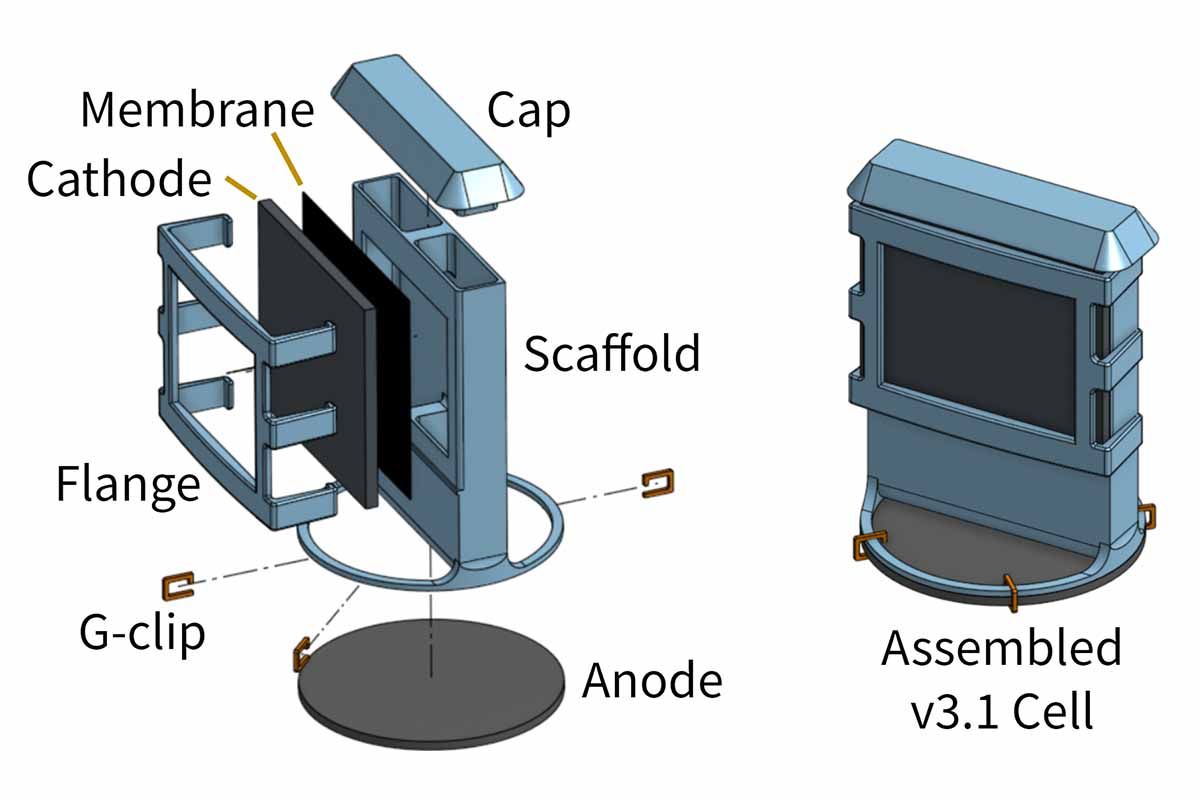This Microbial Fuel Cell, Powered by Soil Microbes, Operates Indefinitely
Published by Cédric,
Article author: Cédric DEPOND
Source: Proceedings of the ACM on Interactive, Mobile, Wearable and Ubiquitous Technologies
Other Languages: FR, DE, ES, PT
Article author: Cédric DEPOND
Source: Proceedings of the ACM on Interactive, Mobile, Wearable and Ubiquitous Technologies
Other Languages: FR, DE, ES, PT
Follow us on Google News (click on ☆)

Photo Credit: Bill Yen/Northwestern University
Unlike traditional fuel cells that use chemical substances, the microbial fuel cell (MFC) leverages soil bacteria to generate electricity. This process, known for over a century, had been little exploited until now. MFCs work by capturing electrons released by microbes as they feed on organic matter, thus offering a renewable and environmentally friendly energy source.
In this study, the researchers overcame traditional hurdles faced by MFCs, such as the need for a continuous supply of water and oxygen, and limited performance in dry conditions. They developed a cartridge-shaped cell model, with a horizontally buried anode deep in the soil to capture electrons from microorganisms, and a vertical cathode located near the surface.
This design allows the cell to operate consistently at different soil moisture levels, generating an average of 68 times more energy than necessary to power the sensors. Moreover, it offers a power output 120% higher than that of similar technologies, making it extremely efficient for precision agriculture.

Diagram of the microbial fuel cell – Photo Credit: Bill Yen/Northwestern University
The researchers have also added a tiny antenna to the sensors powered by the cell, allowing them to transmit data in real time to a base station. This technology thus offers the possibility of closely monitoring soil elements such as moisture, contaminants, and nutrients, in a sustainable and efficient manner.
Finally, all components of this microbial fuel cell are readily available, making large-scale production possible in the near future. This advancement could revolutionize precision agriculture by providing a sustainable and accessible energy source for monitoring and optimizing the health of agricultural soils.